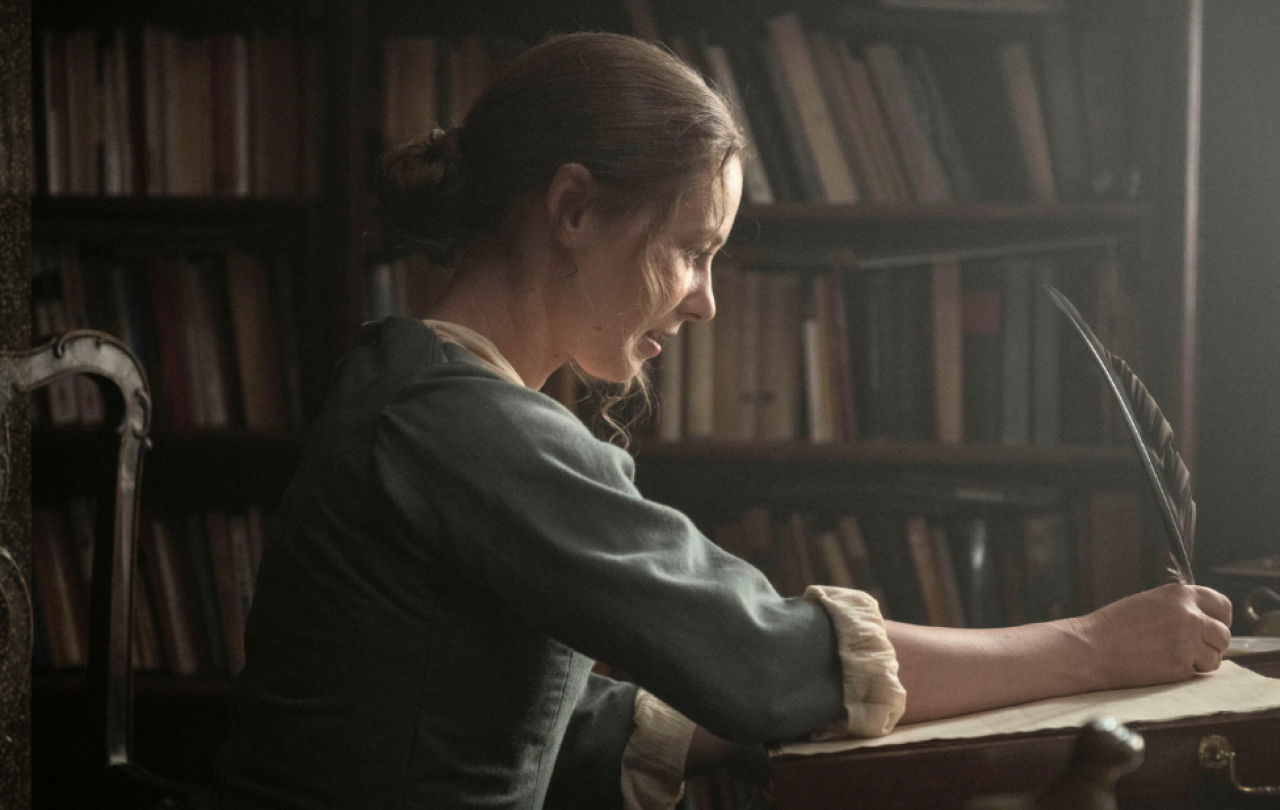
The Christmas season will soon be upon us, and Christians around the world prepare to celebrate the birth of Jesus. The lives of those believers, and many of their neighbours, are filled with nativity plays, Christingle services, advent calendars and carol singing. The festival that celebrates Jesus, the baby who is born in a manger and welcomed by lowly shepherds, also heralds his later life. One in which he lifts the marginalised, brings divine justice and shines light into a dark, fragmented world.
This shining vision of justice and light cannot be confined to nativity scenes or carol services. It shapes how Christians see the world, including education.
In England, Religious Education (RE) is in urgent need of reform. The recent Curriculum and Assessment Review (CAR) recommendation that the subject goes into a new national curriculum through a staged process, offers a rare opportunity to restore RE to its rightful place for the benefit of every child. This will finally shine a light on this often-neglected subject.
Where darkness falls
Today, many pupils experience RE as fragmented, inconsistent, and undervalued. Some receive profound, in-depth teaching — getting more than a glimpse of the vision. Others receive none. Some encounter diverse religious and non-religious worldviews; others are taught narrow or outdated content. This disparity is not just an educational failure; it is a moral one.
At Christmas, Christians remember that Jesus came not for the powerful, but for the poor, the outsider, and the forgotten. Following Him means ensuring that every child — regardless of background or postcode — has access to high quality RE that reflects the complexity and richness of religion and belief in our global world.
Four dark shadows
There are four key areas of inequity:
Position: RE is often marginalised in schools as it is not in the national curriculum.
Provision: time and resources vary dramatically.
Standards: there is no consistent national benchmark.
Content: pupils struggle to see themselves and others reflected in the curriculum.
These issues disproportionately affect the most vulnerable - those in underfunded schools or transient communities. Christians are called to stand up for those who are overlooked. The Christmas story itself is a call to justice. Mary’s Song speaks of Jesus lifting the humble, whilst Zechariah’s prophecy highlights Jesus shining light on those in darkness and guiding people to a path of peace. Social justice is at the heart of the gospel message.
Lighting a way forward
The CAR recommendation that RE should be included in a new National Curriculum is a light amidst the darkness; it views the subject through a social justice lens. The proposed approach to establish consensus within the religious education community lights up a path for the subject going forward. Building on the National Content Standard for RE in England (2023) it offers a framework rooted in fairness, coherence, and depth. It would ensure:
Parity of position: RE is valued alongside other subjects.
Equity of provision: all pupils receive meaningful religious education
Consistency of standards: expectations are clear and fair across all schools.
Richness of content: pupils explore diverse, lived experiences of religious and non-religious worldviews.
This is not just about curriculum design. It is about enabling young people: to become free thinking; to become critical participants of public discourse in unsettled times; to make academically informed, compassionate and respectful judgements about matters of religion and belief. It is about nurturing wisdom, encouraging young people to flourish, and bringing light to dark places.
Shining in the darkness
Christmas is a season of hope and light. It is also about challenge. It is a reminder that God intervenes to restore and renew, and Christians are called to do the same. The recent recommendation to government is, I believe, a once is a life-time opportunity for everyone to come together for the common good; to shape an RE curriculum for all where every child is seen, heard, and valued.
As we sing of peace on earth and goodwill to all, let us work to ensure that our education system upholds justice and serves everyone, whether we are a Christian or not. This Christmas, may we commit ourselves to a vision of education that reflects the heart of God: one of equity, dignity, and love. Surely it is time for the RE light to shine in every classroom across our country.
Support Seen & Unseen
Since Spring 2023, our readers have enjoyed over 1,500 articles. All for free.
This is made possible through the generosity of our amazing community of supporters.
If you enjoy Seen & Unseen, would you consider making a gift towards our work?
Do so by joining Behind The Seen. Alongside other benefits, you’ll receive an extra fortnightly email from me sharing my reading and reflections on the ideas that are shaping our times.
Graham Tomlin





